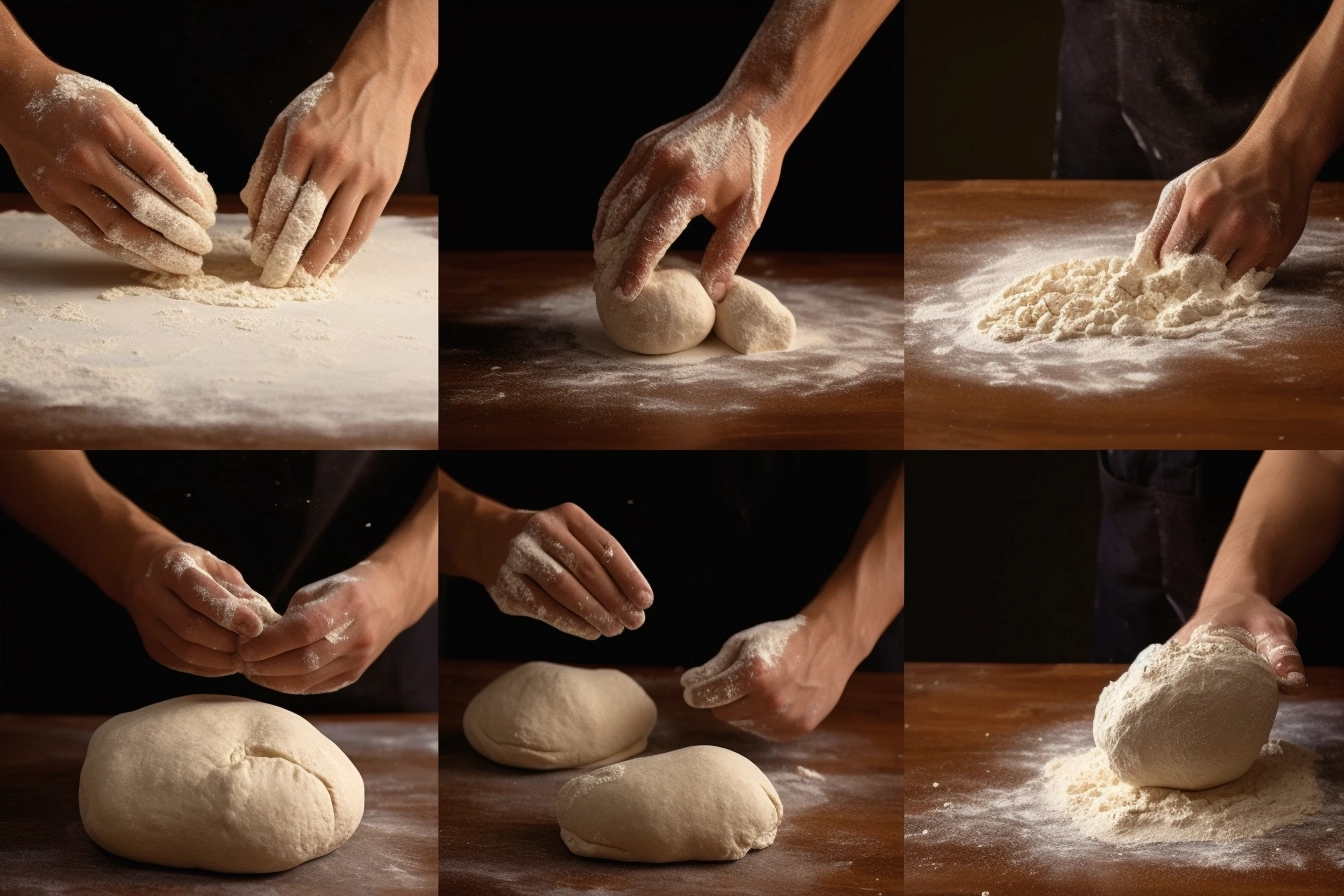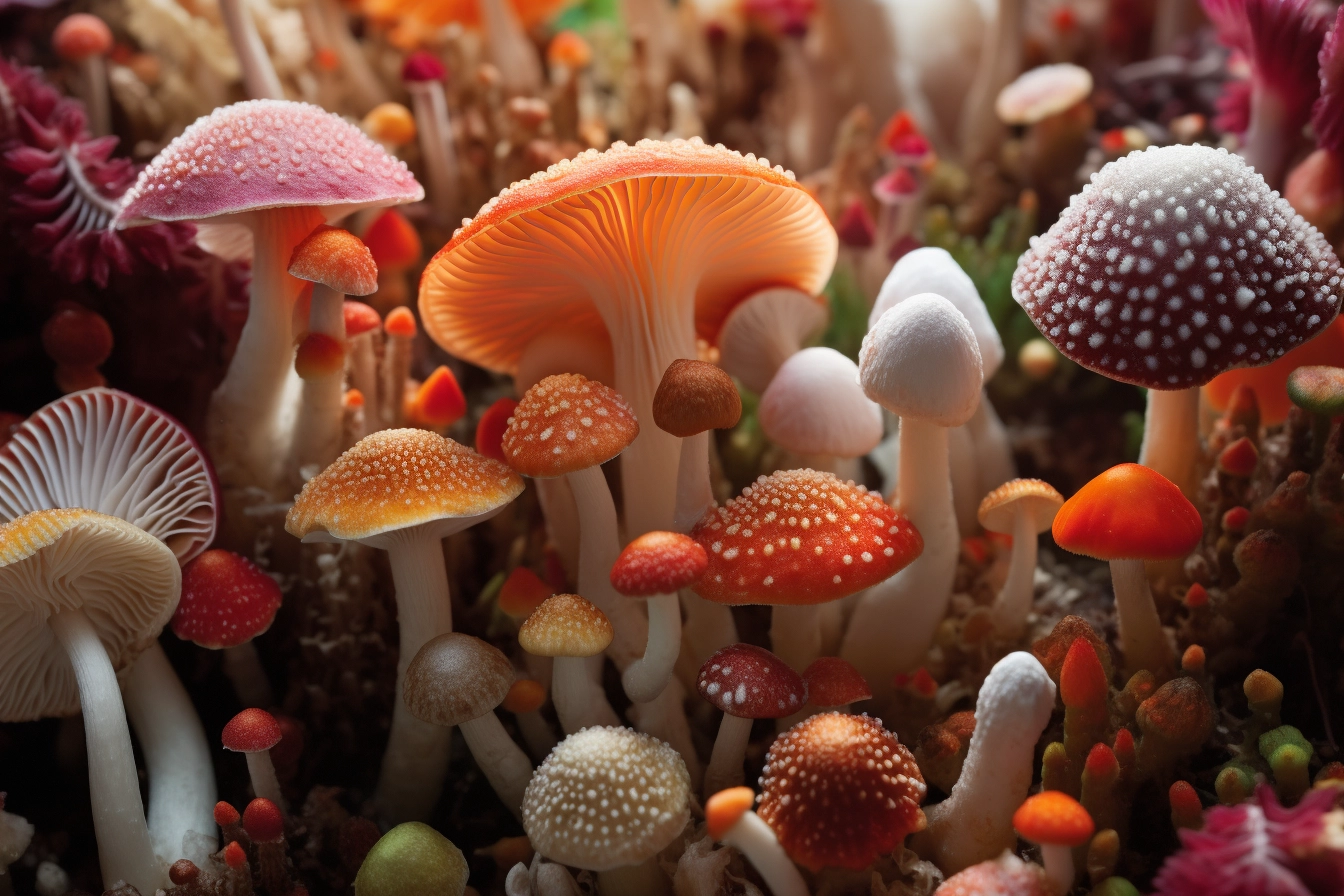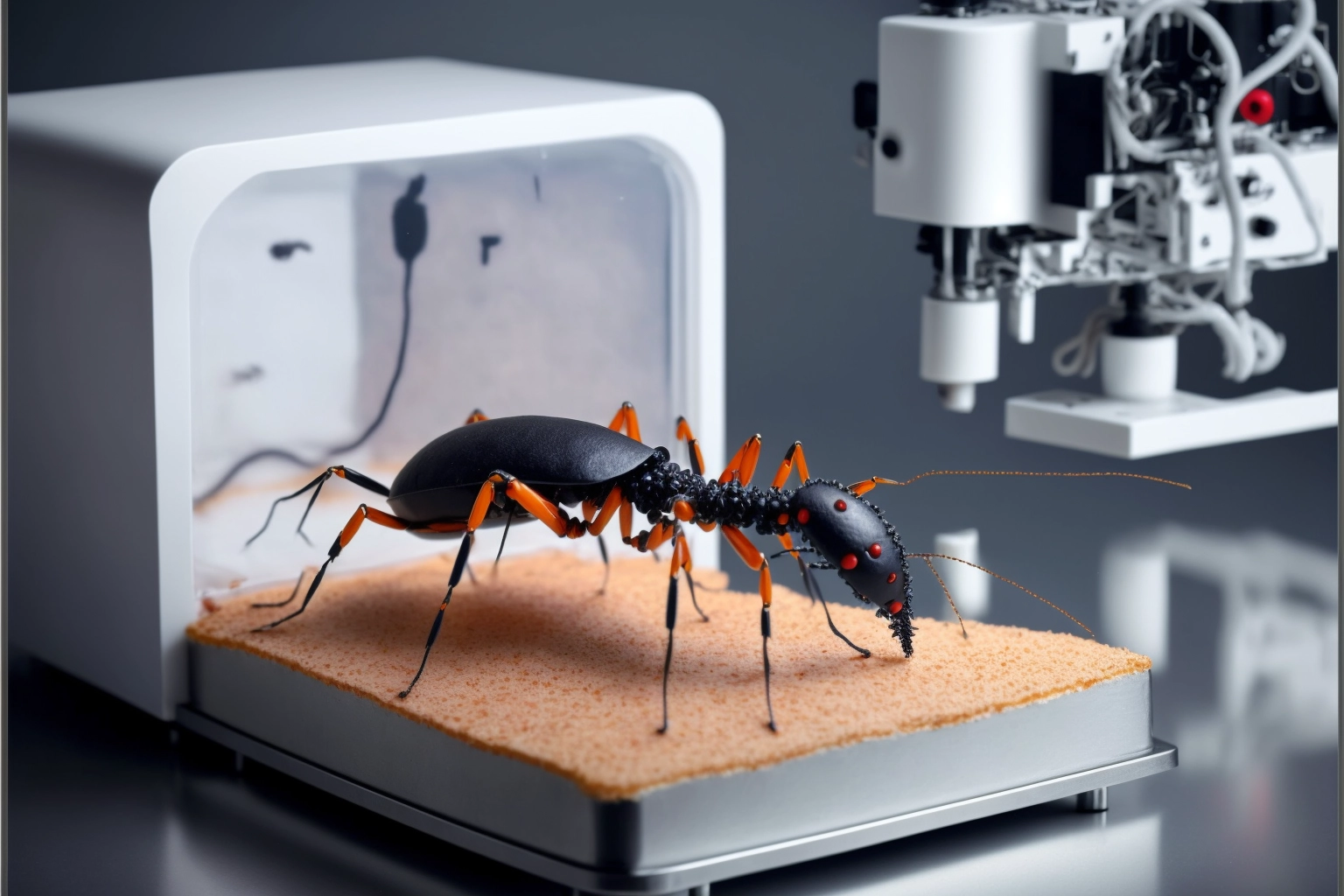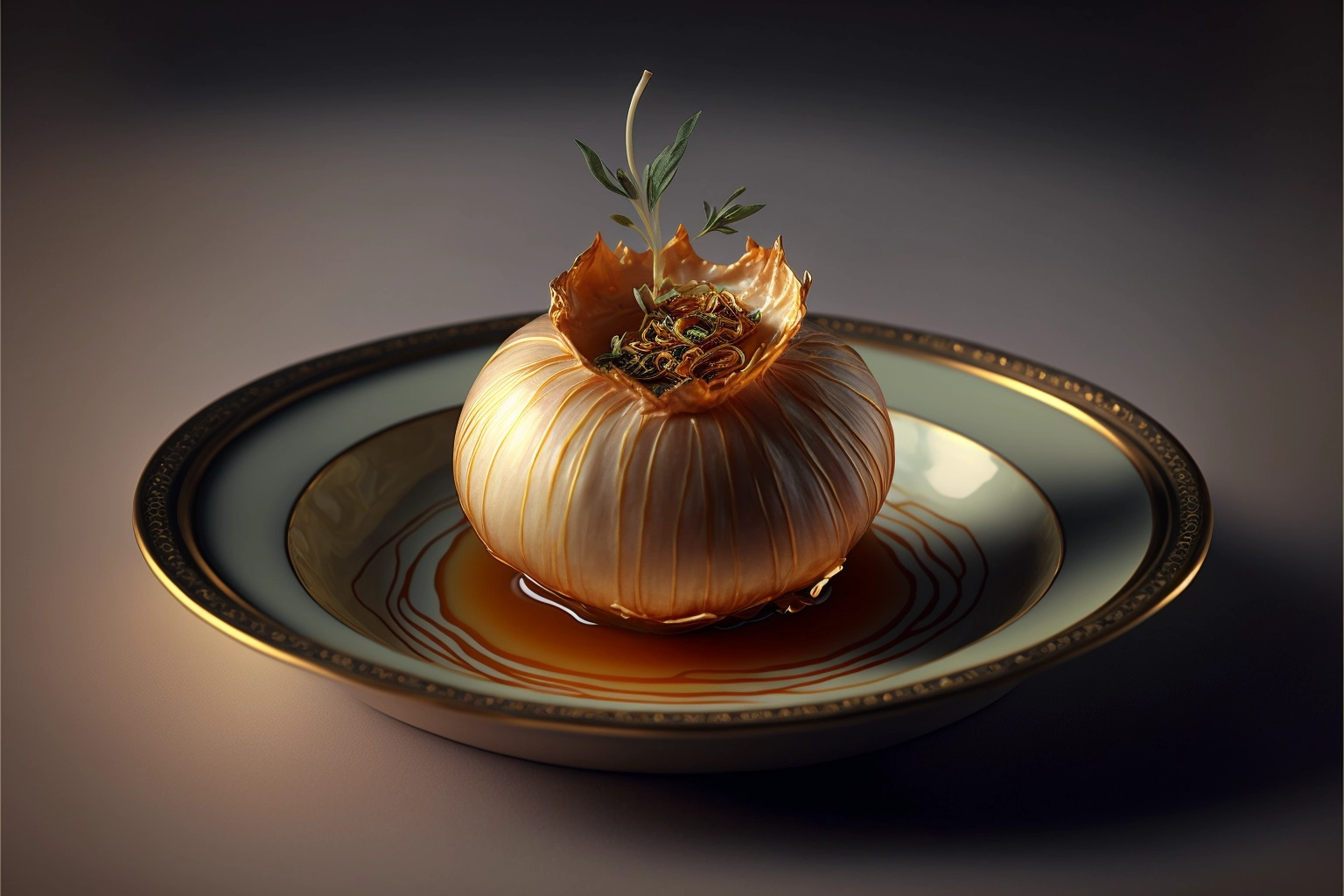published June 15th, 2023 | 7 min read
Bread, a timeless culinary delight, has been perfected over centuries with the seamless integration of art and science. The mesmerizing process of breadmaking, where ingredients transform into delectable loaves, has now been elevated to new heights with the power of Artificial Intelligence (AI). In this comprehensive blog post, we will explore the art and science of breadmaking, delving into the intricate details of gluten formation, fermentation, oven spring, shaping, and flavor development. As we uncover the secrets behind each stage, we will also discover how AI technology is revolutionizing the breadmaking industry, enhancing precision, consistency, and creativity. Get ready to immerse yourself in the remarkable journey of bread, where tradition and innovation blend seamlessly.

macro shot of streched dough
Flour and Gluten Formation: The Foundation of Bread




Gluten Formation
At the heart of breadmaking lies the careful selection and utilization of flour, where wheat varieties and protein content play a crucial role. AI algorithms can assist in identifying the optimal flour composition for specific bread types, leveraging data on protein levels, gluten quality, and dough performance. The science of gluten formation, with proteins like glutenin and gliadin combining to create a protein matrix, is paramount to achieving the desired bread texture. AI can guide bakers in determining the ideal hydration levels, kneading techniques, and resting times to foster gluten development, ensuring a light and airy crumb.
Fermentation: Unleashing Flavorful Transformations with AI




Yeast cells under a microscope
The magic of breadmaking unfolds during fermentation, where microorganisms and enzymes collaborate to produce exceptional flavors and textures. AI-powered tools aid in controlling fermentation conditions by monitoring temperature, humidity, and pH levels, ensuring optimal microbial activity. Yeast, the workhorse of fermentation, converts sugars into carbon dioxide and ethanol, contributing to dough leavening and flavor development. AI algorithms can analyze fermentation data, guiding bakers in adjusting variables to achieve consistent results. Moreover, enzymes in flour break down complex carbohydrates into simple sugars, intensifying flavor profiles. AI technology can offer insights into enzyme activity and optimize fermentation for enhanced taste and aroma.
Oven Spring and Precision Baking: Mastering the Art with AI




a perfectly risen loaf fresh out of the oven
The transformative stage of baking begins with the enchanting phenomenon known as oven spring. Harnessing AI-powered ovens, bakers can precisely control temperature and humidity to encourage optimal dough expansion, resulting in a lofty and well-risen loaf. The Maillard reaction, facilitated by precise baking conditions, imparts a delightful golden-brown crust and deepens flavor complexities. AI-powered baking systems provide real-time data, enabling bakers to monitor and adjust variables for consistent and exquisite oven spring, texture, and color. With AI’s guidance, bakers can elevate their skills to new heights, mastering the art of precise baking.
Shaping and Design: Sculpting Bread Creations with AI




a beautifully shaped bread using AI
The artistry of breadmaking extends beyond flavor and texture to include stunning visual appeal. Shaping and scoring techniques allow bakers to sculpt loaves into unique forms, enhancing both aesthetics and functionality. AI-driven visual recognition tools can analyze dough characteristics, recommending shaping techniques that align with desired outcomes. Additionally, AI algorithms can assist in designing intricate scoring patterns that not only elevate presentation but also influence crust development and crumb structure. With AI’s guidance, bakers can unleash their creativity and craft breathtaking bread designs that captivate the senses.
Innovations and Future Possibilities: AI as a Catalyst for Breadmaking Advancements
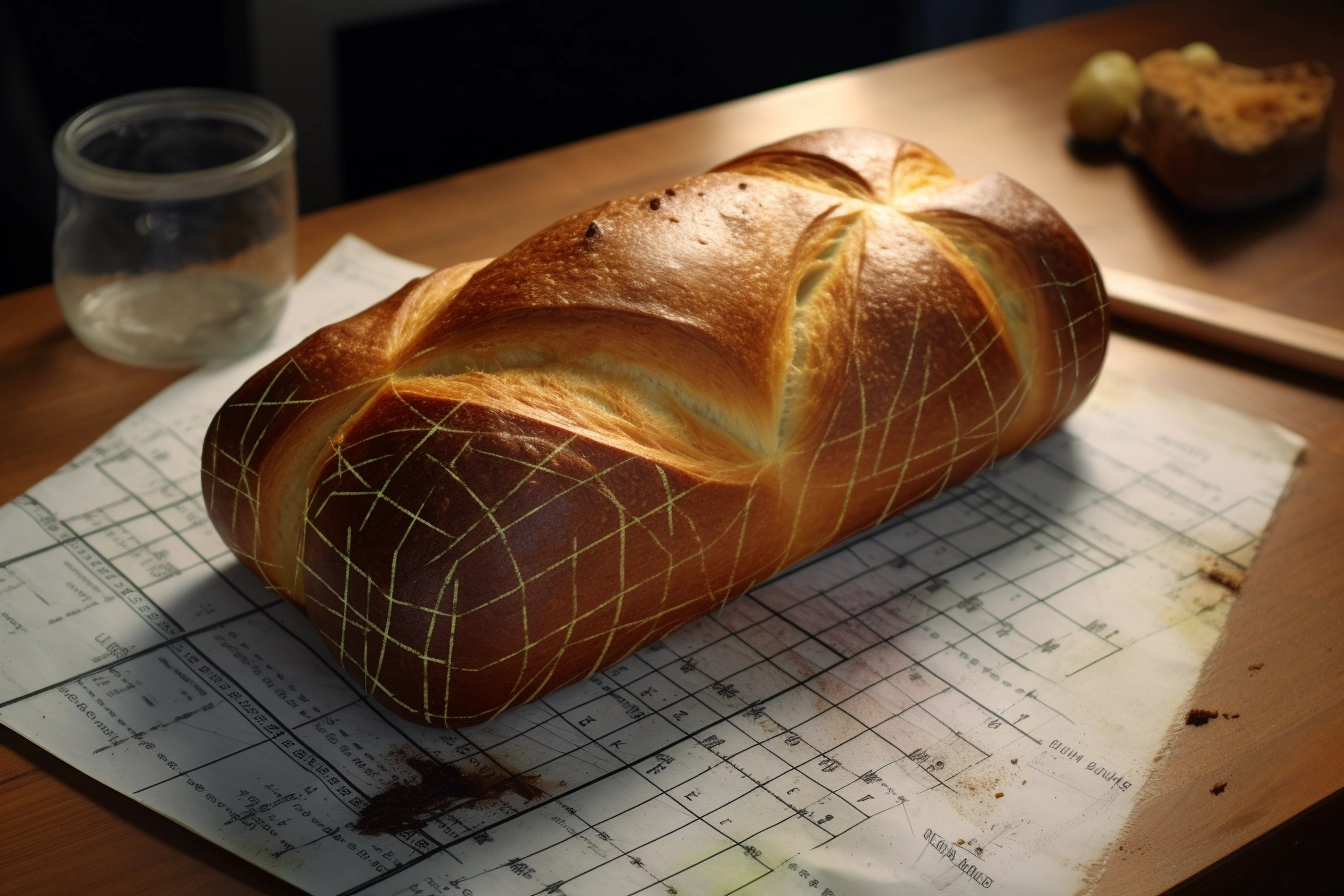



personalized bread recipe generated by AI
AI is driving innovation in the breadmaking realm, ushering in new possibilities and revolutionizing traditional practices. From exploring novel ingredients to developing personalized bread recipes, AI algorithms can analyze vast datasets and identify unique combinations that cater to individual preferences. Furthermore, AI-powered breadmaking systems can continually adapt and learn from user feedback, refining their techniques and consistently delivering outstanding results. As AI continues to evolve, the future holds exciting prospects for breadmaking, where creativity and precision harmonize to produce remarkable loaves that delight discerning palates.
Conclusion
Artificial Intelligence has become an invaluable tool in the art and science of breadmaking. With its ability to analyze vast amounts of data, monitor variables, and provide real-time insights, AI empowers bakers to unlock new levels of precision, consistency, and innovation. As we merge tradition with technology, the journey of breadmaking becomes even more captivating and rewarding. So, roll up your sleeves, embrace the wonder of AI, and let your bread creations rise to new heights of excellence and delight.
